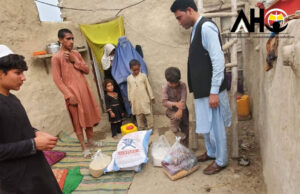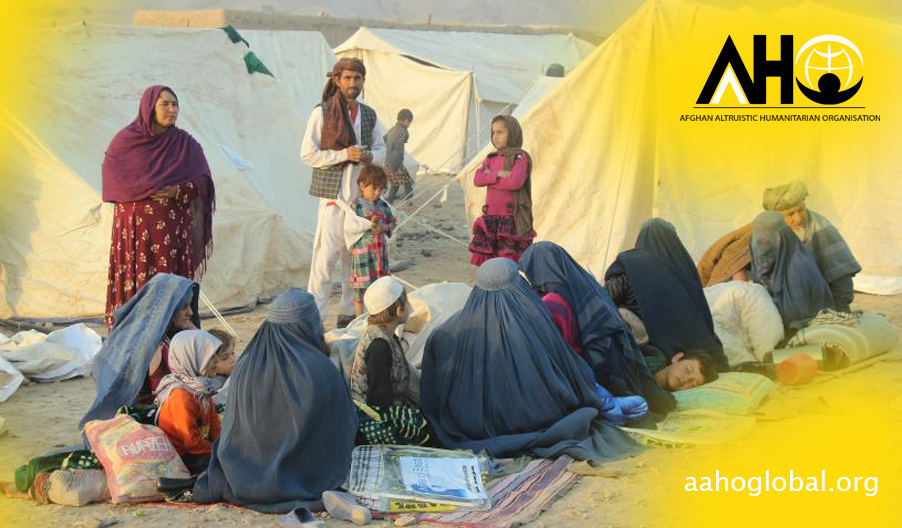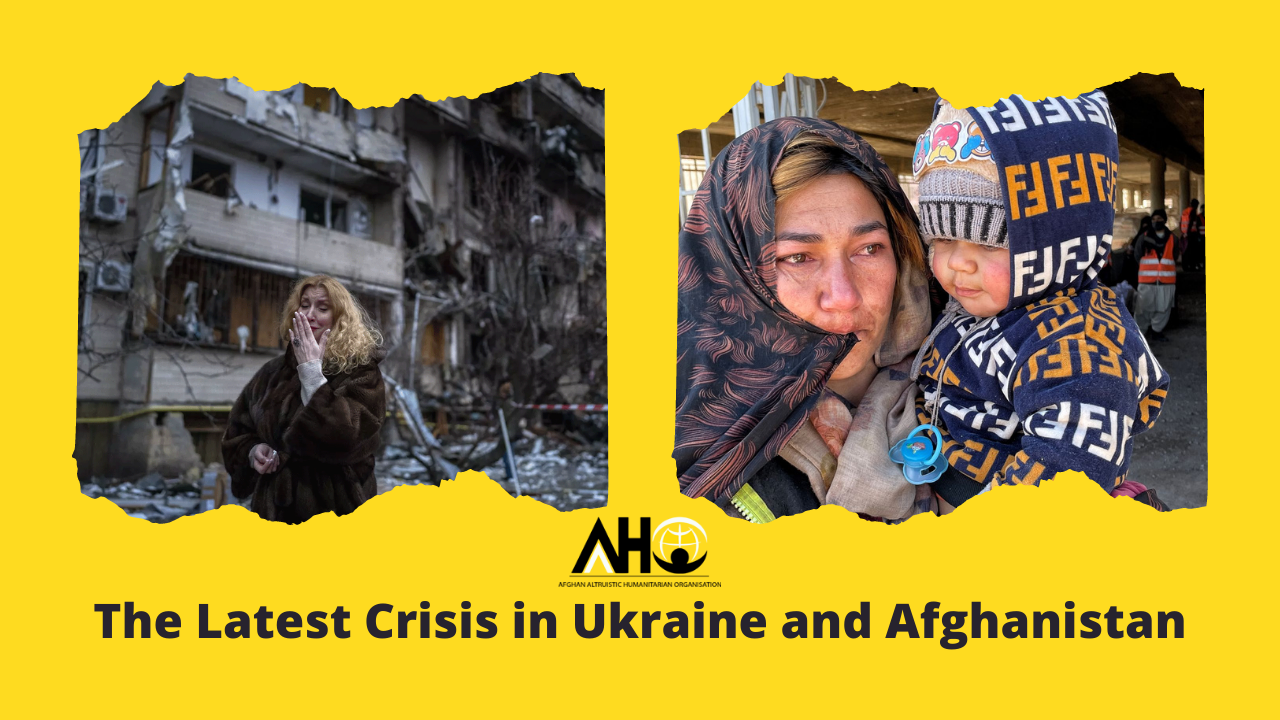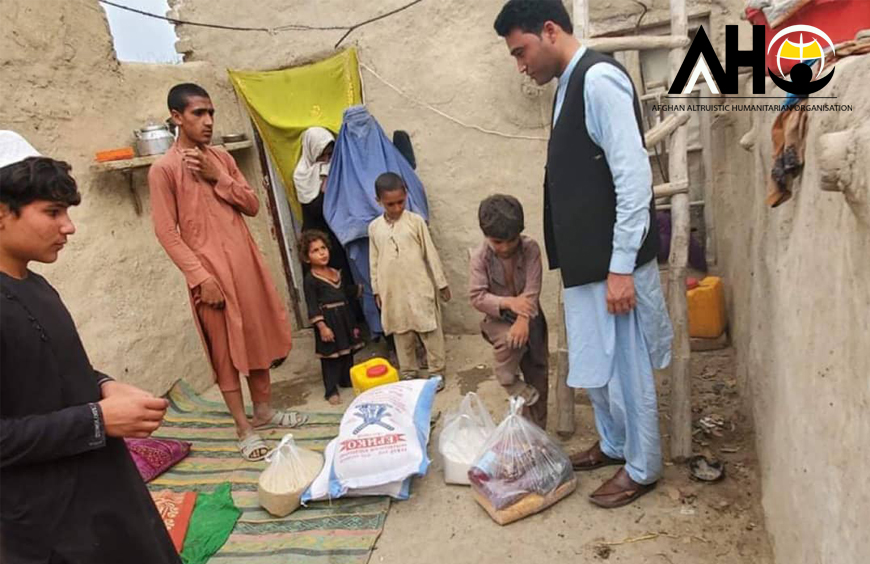Poverty in Afghanistan: All You Need to Know
Poverty in Afghanistan – Middle eastern countries have been plagued for so long with poverty. No doubt, these countries rely on external funding and charities to raise the standard of living of their countries. From hunger to overcrowding to insecurity issues, these countries have been faced with one problem after another. The Afghan’s have not been left behind in this dilemma; they have been running the race for some time now.
The COVID-19 made an impact on the already torn and almost depleted country of Afghanistan. With the Taliban not wanting the vaccination, WHO and experts in the medical field fear a rapid and uncontrolled spread of the virus in Afghanistan. The WHO recorded 152,411 confirmed cases of Covid-19 and 7,047 deaths between January and mid-August. Not long after the country finally entered its recuperation stage, seeking to stand, amidst the many problems facing them, the Taliban showed up at their doorstep.
On 15 August, the Taliban took over the country’s capital, Kabul, signifying the collapse of the Afghan president Ashraf Ghani. The country’s problems doubled, with the United States out of sight. If the citizens in the country can’t help, Afghans in the diaspora are left with the responsibility to pave the way ahead.
Afghanistan is one of the poorest countries in the world. The recent rise in poverty in the country can be traced to the stagnant economy. Following the Taliban crisis, the country seems to be picking up what’s left of their broken land as they seek help to forge a way forward.
As the situation in the country continues, the WHO is very much concerned about the well-being of the citizens, their safety, and humanitarian needs. In areas where citizens have to seek safety and a place of shelter, including Kabul and other large cities, reports show that there are increasing cases of malnutrition, diarrhea, reproductive health complications, high blood pressure, and Covid-19 symptoms.
The poverty level in the country is heading for the peak as the standard of living plummets and the cost of living increases yet still. More illnesses and health issues abound, coupled with insecurities and poor leadership. Help has to come from somewhere; if not from the Afghans in the country, it must be the Afghans in the diaspora.
Read Also: Humanitarian Services In Afghanistan
Funding is Needed
To push the agenda for a complete economic turnaround, funds must be disbursed into the Afghanistan economy. Global Nongovernmental organizations, governmental bodies, Afghans in diaspora, and well-meaning philanthropists, are called upon to help push the country ahead.
Charity organizations are needed at the moment. Their contribution could go a long way to help in raising the standard of living. These philanthropic organizations are among the only sources of help in this dying country.
Also, the very presence of NGOs in Afghanistan could further push the economy ahead. These private organizations could focus their resources on areas neglected by foreign government aid. The resources allotted to the country’s capital and other regions in robust conditions should be shared amongst the many rural areas of the country, thereby reducing poverty in these areas.

With over 35 million, Afghanistan ranks amongst the top 40 most populated nations on earth. With little resources to cater to the masses, poverty is bound to infiltrate their communities. To this effect, charitable organizations, NGOs – local and international, and most importantly, Afghans in the diaspora should make it necessary to migrate compatriots abroad to reduce population.
Unemployment is a social ill that plagues the world, and several unemployed citizens are without a job. As of 2017, the Afghans had an unemployment rate of 24 percent, making them among the long list of nations with unemployed citizens. Furthermore, 54 percent of its population goes below the poverty line. These statistics are alarming, and if help doesn’t come soon, its figures will drop drastically. Funding is needed fast.
Afghanistan’s economy depends a lot on agriculture, majorly for its survival. A major part of the Gross Domestic Product comes from agriculture (about 23 percent). Due to so many irregularities, natural disasters, the pandemic, the Taliban crisis, and many other factors, the agricultural sector has seen a decline over the years. Each year, crop harvest suffers millions of tons of production deficit compared to the past seven years.
Conclusion of Poverty in Afghanistan
So far, all statistics go against the Afghans, and if solutions are not found to these problems, the country could go from fighting Taliban and Islam scholars to fighting over what next to eat or where next to lay one’s head.
Humanitarian services should be the next call of action. Funds need to be generated to help curb this social ill. Global NGOs should be called upon for assistance. Friends and families of Afghans living abroad should speak up for the needs of their people. And not only that, everyone should say something. If we do not care for the needs of humanity, who would we care for?




